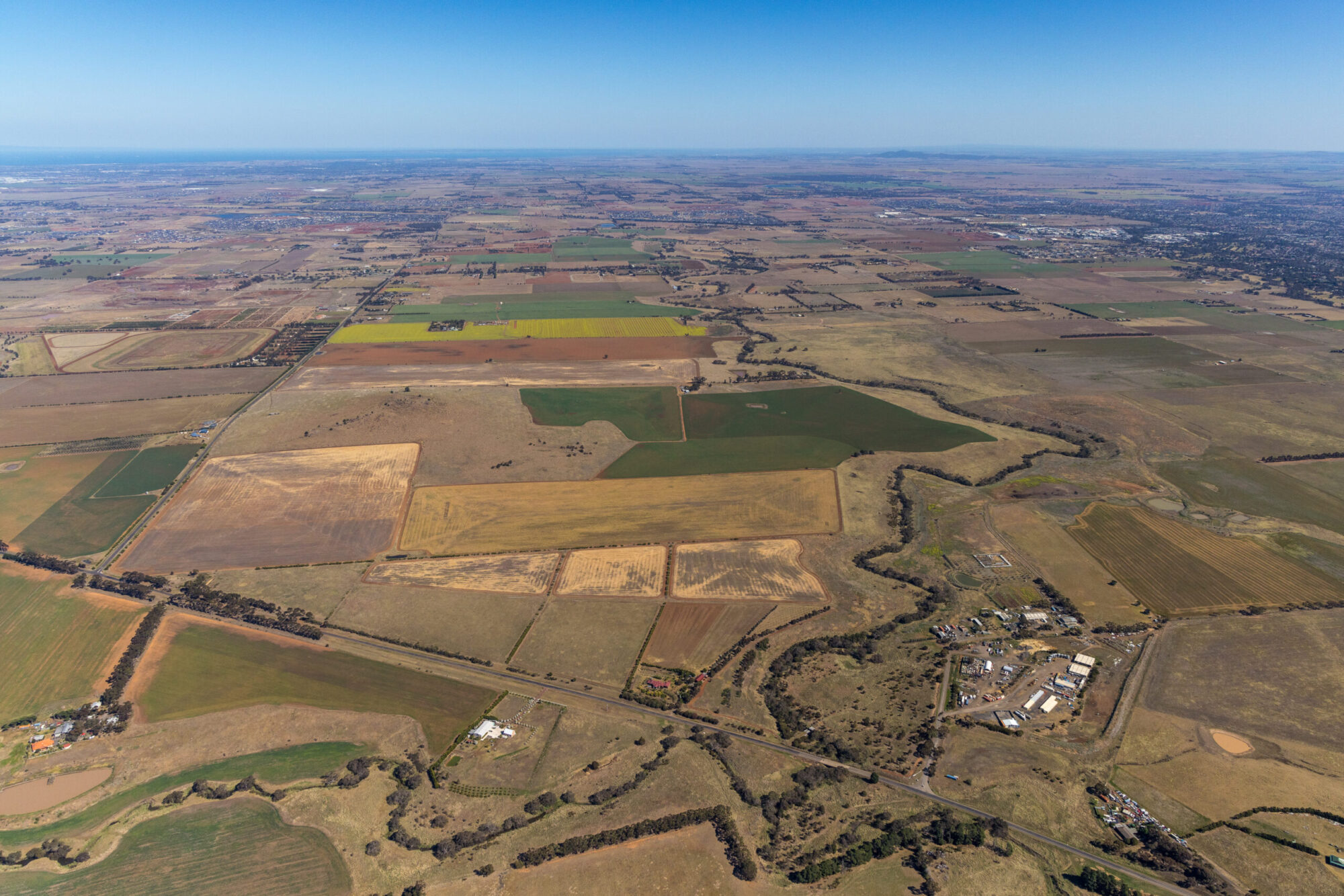In the ever-evolving realm of real estate marketing, professionals continually seek innovative ways to captivate potential buyers and create a lasting impression. One powerful tool that has proven indispensable over the years is aerial photography, and with two decades of experience soaring through the skies, I have witnessed firsthand how it transforms the way we perceive and market properties.
Aerial photography provides a unique perspective that transcends the limitations of ground-level shots, offering a comprehensive view that tells a more complete story of a property. As an aerial photography professional, I have often marveled at how this medium has the ability to paint a vivid picture in the minds of potential buyers, allowing them to envision the property in its entirety.
When it comes to marketing real estate, imagery plays a pivotal role in shaping a buyer’s perception. While interior and exterior shots taken from the ground offer essential details, aerial photography takes the narrative to new heights—quite literally. The Production of Space by Henri Lefebvre emphasizes the interplay between social practices and the physical environment, underscoring the idea that space is not merely a backdrop but an active component in our lived experiences[^1^]. Aerial photography, in this context, becomes a means of manifesting this interplay by providing a spatial context that grounds the property within its surroundings.
As a buyer sifts through images of a home’s interior and exterior captured at ground level, they may appreciate the design, architecture, and landscaping. However, it’s the aerial perspective that completes the puzzle, offering a holistic view of the property in relation to its neighborhood, landscape, and proximity to key amenities. This aerial vantage point not only showcases the property’s features but also fosters a deeper connection between the potential buyer and the space they are considering.
The impact of aerial photography extends beyond mere visual appeal; it taps into the emotional and aspirational aspects of property ownership. A sweeping aerial shot can highlight a property’s unique selling points—whether it’s a sprawling backyard, proximity to a waterfront, or panoramic views of the surrounding area. This, in turn, stimulates the viewer’s imagination, allowing them to envision a life within that space.
Incorporating aerial photography into the marketing arsenal is not just about showcasing a property; it’s about crafting a narrative that resonates with potential buyers. It goes beyond the concrete features of a home and delves into the intangible qualities that make a property a place worth calling home. By leveraging the principles outlined in The Production of Space, aerial photography becomes a tool for translating the abstract into the tangible, creating a spatial experience that transcends the boundaries of traditional marketing.
In conclusion, as a seasoned aerial photography professional, I have witnessed the transformative power of this medium in the real estate industry. Aerial photography not only elevates the visual appeal of property listings but also plays a crucial role in shaping the narrative and spatial experience for potential buyers. By embracing the aerial perspective, real estate professionals can paint a more vivid and compelling picture in the minds of their audience, ultimately setting the stage for a deeper connection between buyers and the spaces they aspire to call home.
Reference: [^1^] Lefebvre, H. (1991). The Production of Space. Wiley-Blackwell.

